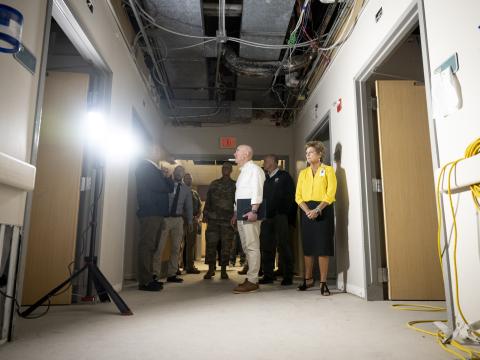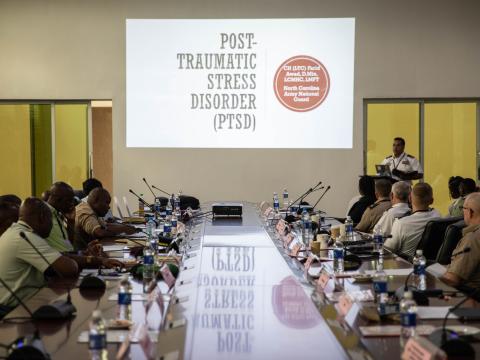Space Launches Open to New Competitors
NASA, the National Reconnaissance Office and the U.S. Air Force have created a coordinated strategy for certifying commercial launch vehicles to send their payloads into space, including Evolved Expendable Launch Vehicle missions. The document will provide commonalities across the organizations while allowing each to specify its own criteria. Through the effort, more companies will compete for the contracts.
Jim Norman, director of launch services at NASA, explains that the agreement represents a codification of existing good relationships among the agencies involved. He adds that NASA believes encouraging competition is the best way to reduce costs over the long term.
The three agencies will share as much as possible of their data, findings and lessons learned from their certification efforts to enable greater efficiency. Anchored on NASA's existing certification model NPD 8610.7, the strategy follows NASA's approach of balancing payload risk tolerance with launch vehicle risk. An official with the Air Force says that the strategy provides a framework for understanding the inherent risk of any new launch system.
The common strategy uses a risk classification with risk tolerance of each payload based on a standard definition with the importance assigned to each consideration left to the discretion of the responsible agency. A baseline risk assessment has been developed through a structured launch vehicle certification process, according to the common strategy. In addition, it says "This risk mitigation strategy requires a certification process for each 'common launch vehicle configuration' commensurate with the risk classification of each payload." Mission criticality is balanced against launch vehicle flight history, flight anomaly, mission failure resolution and the technical insight into the new entrant's design, qualification, testing, systems engineering, manufacturing and processing. Payloads also are risk-categorized based on several criteria including cost, complexity and national significance.
To offer more information to potential new competitors, the Air Force is publishing a guide for its bidders that will provide details on how the service will conduct reviews. According to the official, this includes the standard or specification the contractor must meet, the documents or data the contractor must provide and the evaluation process the government will employ in assessing the criterion. The Air Force also is identifying near-term missions for new entrant on-ramp opportunities. These launches will be used to collect technical data needed for certification of new entrants.
Norman says NASA already has policies in place that it will continue to use without delving into finer detail. "I don't anticipate us using those lower-level procedures the Air Force has put together," he states. The strategy will not mark a major change in how NASA conducts business.
Historically, the Air Force has developed its own launch vehicles or worked closely with industry on such development. The official says the service branch is committed to maintaining proven mission assurance standards and practices to ensure the continued safe delivery of critical national security satellites to orbit. "At the same time, launch costs have risen significantly, and in the current fiscal environment such increases are not sustainable," the official explains. "Simultaneously we have seen several commercial companies make great strides in developing launch vehicles of their own. We must therefore balance the goals of driving down the costs, ensuring continued mission assurance and enabling qualified launch providers to compete when they are certified." The Air Force hopes to lower costs and inspire innovation that results in better products.
Norman says, "We're trying to execute our own responsibility for our missions for the nation and do it in a coordinated way that makes sense ... We know that industry is looking for some consistency and we believe that this common framework will help us provide that while still allowing us to execute our individual missions and individual agency responsibilities."


